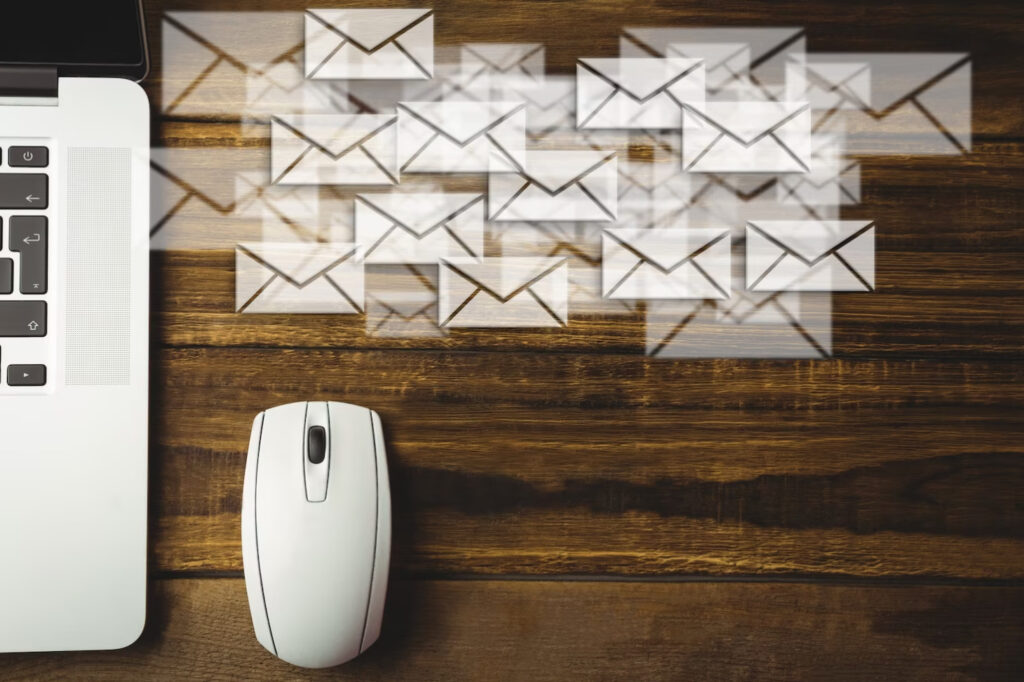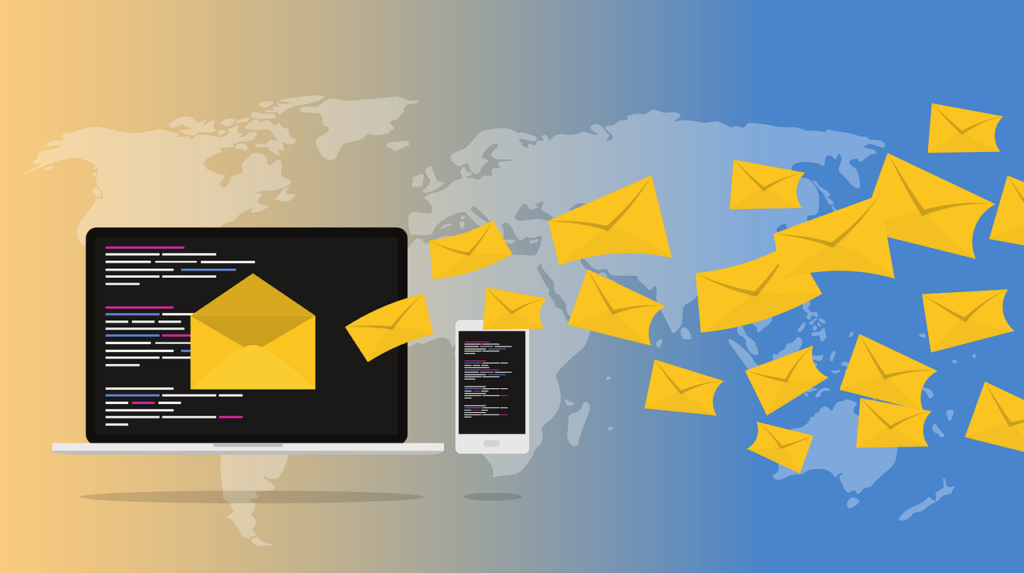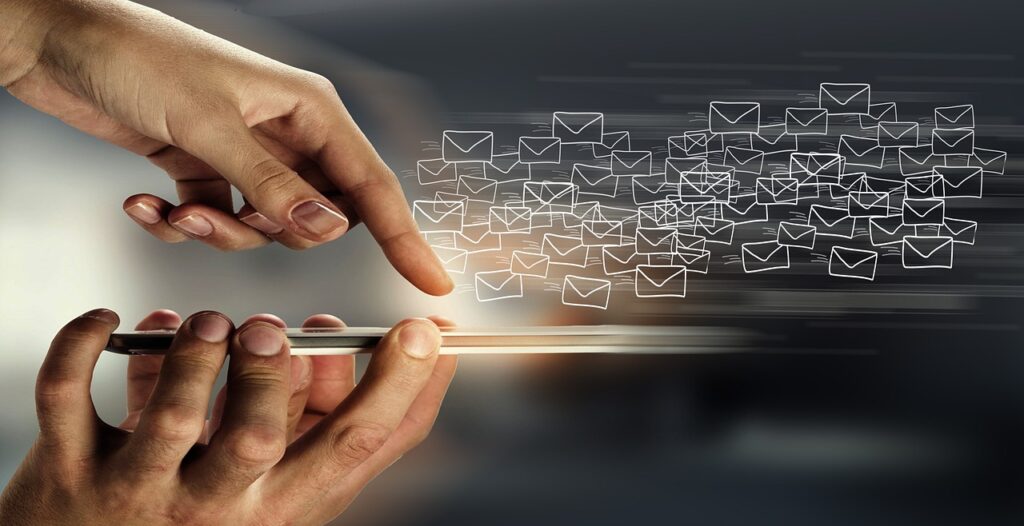Email marketing is the practice of sending promotional or informative messages to a group of people via email. It is a critical part of any digital marketing strategy, as it can help businesses stay connected with their customers and generate leads. In this guide, we will explore the different types of email marketing and provide best practices for creating successful campaigns.
Types of Email Marketing
Newsletter Emails
Newsletter emails are designed to provide subscribers with regular updates about a business or industry. They can include company news, new product announcements, blog posts, and other content that is relevant to the subscriber. Newsletter emails are typically sent on a regular basis, such as weekly or monthly.
Content ideas for newsletter emails:
- Company news and updates
- New product announcements
- Blog posts and articles
- Industry news and trends
- Tips and advice
Best practices for creating a successful newsletter:
- Use a catchy subject line that entices subscribers to open the email
- Keep the content focused and easy to read
- Include images and other multimedia to make the email more engaging
- Personalize the email with the subscriber’s name or other relevant information
- Provide a clear call to action, such as signing up for a webinar or downloading
Promotional Emails
Promotional emails are designed to promote a specific product or service. They can include discounts, special offers, and other incentives to encourage subscribers to make a purchase. Promotional emails are typically sent on a less frequent basis, such as once a month or once a quarter.
Content ideas for promotional emails:
- Discount codes and coupons
- New product launches
- Limited time offers
- Customer loyalty rewards
- Upsell or cross-sell opportunities
Best practices for creating a successful promotional email:
- Use a clear and compelling subject line that highlights the promotion
- Keep the content focused on the promotion and the benefits of the product or service
- Use eye-catching graphics and images to grab the subscriber’s attention
- Create a sense of urgency by setting a deadline for the promotion
- Include a clear call to action that encourages subscribers to make a purchase
Transactional Emails
Transactional emails are triggered by a specific action taken by the subscriber, such as a purchase or account registration. They are designed to provide important information related to the transaction, such as order confirmations or shipping notifications. Transactional emails are typically sent automatically in response to the subscriber’s action.
Examples of transactional emails:
- Order confirmations
- Shipping notifications
- Account registration confirmations
- Password reset requests
- Payment receipts
Best practices for creating a successful transactional email:
- Use a clear and concise subject line that reflects the purpose of the email
- Keep the content focused on the transactional information the subscriber needs to know
- Include clear and prominent calls to action, such as tracking information or links to account settings
- Personalize the email with the subscriber’s name or order information
- Use a consistent design that matches your brand’s overall aesthetic
Triggered Emails
Triggered emails are sent in response to a specific trigger, such as a subscriber abandoning their shopping cart or not logging in to their account for a certain period of time. They are designed to encourage the subscriber to take action and engage with the business.
Examples of triggered emails:
- Abandoned cart reminders
- Welcome emails for new subscribers or customers
- Re-engagement emails for inactive subscribers or customers
- Product recommendation emails based on purchase history or browsing behavior
- Thank you emails for completing a specific action, such as filling out a survey or leaving a review
Best practices for creating a successful triggered email:
- Use a clear and relevant subject line that reflects the trigger that caused the email to be sent
- Keep the content focused on the action the subscriber needs to take or the value they will receive by taking that action
- Use personalization and segmentation to make the email more relevant to the subscriber
- Include clear calls to action that encourage the subscriber to take the desired action
- Use a consistent design that matches your brand’s overall aesthetic
Automated Email Campaigns
Automated email campaigns are a series of emails that are sent automatically based on a specific trigger, such as a new subscriber signing up for a newsletter or a customer making a purchase. They are designed to nurture leads or customers and provide valuable information that is relevant to the subscriber.
Examples of automated email campaigns:
- Welcome series for new subscribers or customers
- Onboarding series for new users of a product or service
- Nurture series for leads that have not yet made a purchase
- Upsell or cross-sell series for customers that have made a purchase
- Renewal series for customers with expiring subscriptions or contracts
How to set up an automated email campaign:
- Define the trigger that will initiate the automated email campaign
- Determine the goals of the campaign and the specific messages that will be sent
- Create a series of emails that are spaced out over time and provide valuable information to the subscriber
- Use personalization and segmentation to make the emails more relevant to the subscriber
- Include clear calls to action that encourage the subscriber to take the desired action
- Test and optimize the automated email campaign over time to improve engagement and conversion rates
Conclusion
In conclusion, email marketing can be a powerful tool for businesses of all sizes. By understanding the different types of email marketing and how to use them effectively, you can improve engagement, drive conversions, and build stronger relationships with your subscribers and customers. Whether you are just starting out with email marketing or looking to take your campaigns to the next level, experimenting with different types of email campaigns and testing different strategies can help you achieve your goals.


